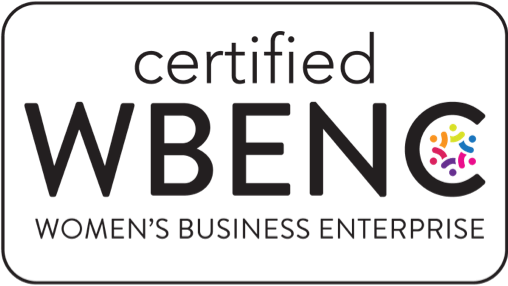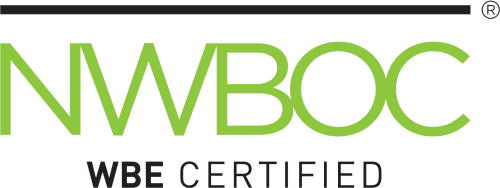Case study: Utilities
Driving technology adoption for a large SAP implementation

One of the nation’s largest petrochemical producers was struggling with legacy technologies after a divestiture. Their version of SAP was aging fast and would soon be unsupported by the vendor. In addition, the system was both highly customized for the legacy organization and underutilized by critical parts of the business. Leaders seized the moment to implement SAP S/4HANA as part of a broader business transformation to improve data insight, create operational efficiencies, enhance transparency, and enable the workforce. This transformation was more than an IT upgrade; it would be a powerful driver of business growth. To drive implementation and technology adoption of the SAP system, the organization turned to Eagle Hill’s organizational change management experts to support adoption of all releases of the SAP system implementation.
What is SAP S/4HANA?
SAP S/4HANA is a next-generation enterprise resource planning (ERP) software suite designed to optimize business efficiency through real-time data analysis and digital transformation.

Goal
Drive successful SAP S/4HANA adoption by planning, developing, and executing a comprehensive change management plan that meets the needs of stakeholders across multiple releases.
Unconventional consulting—and breakthrough results

end users of the new SAP system

end user adoption of deployed releases

of targeted legacy systems (to date) decommissioned
The challenge: Navigating diverse employee needs through a complex technology rollout
The petrochemical producer’s workforce ranges from unionized refinery workers to office employees and corporate leaders. This diverse set of stakeholders made the implementation complex. The client knew they needed an organizational change management expert to accommodate a wide range of employee needs, expectations, and experiences. They needed to address pockets of employee resistance from those unwilling to give up ingrained ways of working while implementing with minimal disruption to daily refinery operations.
The roadmap to technology adoption success
The client planned to deploy the SAP S/4HANA implementation in eight releases of strategically grouped functionality. We hit the ground running, developing the change management strategy, communications strategy, and stakeholder awareness identification and analysis. This work established the change management infrastructure, which our team tailored to meet the specific needs of each release and to address stakeholders’ readiness needs at every phase of the transformation.
Maximizing readiness and adoption demands more than a one-size-fits-all approach. We relied on comprehensive analysis and assessments to inform our change plans, communications, and engagement activities. For this client, we prioritized:
Deep stakeholder understanding
It is critical to ground enterprise-wide change in stakeholder insight. This is why we conducted interviews and focus groups across all levels of the organization to fully understand needs, determine engagement and communications preferences, and develop user personas. We also went where change management often doesn’t—into requirements gathering and testing sessions. The more we walked in stakeholders’ shoes, the more we could engage them on their terms to drive technology adoption.
Future-focused change impact analysis
We quantitatively and qualitatively compared the current state to the future state, determining impacts to people and roles, business processes, and the legacy technology tool suite. By pinpointing what was changing, who was impacted, and what they must know to adopt the new system, we could effectively tailor change communications messages, reference materials, and engagement activities.
Strong, omnichannel communications
We used multiple channels to meet people where they were. The use of multiple engagement channels—including online, in person, SAP-enabled, and video—optimized stakeholder awareness and understanding. We also ensured that communications were prompt, with a less-than-60-minute response time for stakeholder communications during unplanned system outages.
Creative stakeholder engagement
We went beyond mass emails and generic communications to inform and engage employees. To support releases, we organized training sessions to preview change impacts, conducted system demos, facilitated solution design and testing sessions, scheduled ways of working events that highlighted process improvements, and offered lessons learned sessions to promote continuous improvement.
Real-time feedback loops
We didn’t simply connect with stakeholders in the early phases. We built real-time feedback loops across all phases, collecting feedback through various methods including pulse surveys and stakeholder events, which we used to refine ongoing strategies and initiatives. Feedback loops helped us proactively monitor issues like change fatigue that could negatively impact adoption.
The path forward in technology change management
Completion of the initial releases have been met with impressive results, including 100% end user adoption and 100% of targeted legacy systems decommissioned. We are continuing to work with the organization on additional SAP S/4HANA releases to meet their transformation goals.

